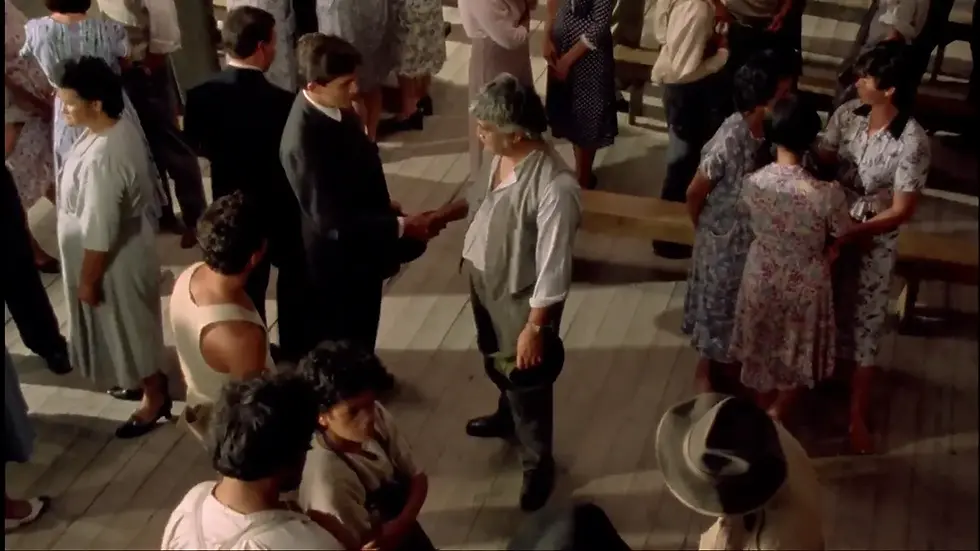The Red Shoes: A Tale of Ambitious Zealots
- Nathan Cosmic
- Apr 29, 2024
- 3 min read
ENTERTAINMENT
Written by Nathan Cosmic (he/him) | @nathan.cosmic | Contributing Writer

In the olden days, ballet was a must-see event. It’s comparable to the early days of social media: you just had to be there to know what it was like. When The Red Shoes came out in 1948, it was peculiar for a film to be made about ballet. The ballet was viewed as high art, and to diminish the prestige of the dance by turning it into a technicolour film was sacrilege. But, The Red Shoes is a trendsetter and introduced the world to the genre of ballet dramas.
The film opens with an opulent theatre being raided by excited youth. Their faces are full of smiles as they push and shove each other to get the best seats, eagerly waiting for the show to begin. The conductor taps his baton, the orchestra starts, and the grand curtain is raised. The Ballet Lermantov has begun.
In the audience, our main characters watch. Victoria Page, aka Vicky, is the daughter of a countess and a promising dancer. Her eyes are transfixed on the ballet. Meanwhile, musical student Julian Craster storms out, realising his professor has plagiarised the composition being conducted.
From the beginning, directors Michael Powell and Emeric Pressburger and cinematographer Jack Cardiff show the effect music has on us. For Vicky, it is about the enrapturing, hypnotising power of music, dcnce, and story. On the other hand, Julian sees music as a technical display of ability and talent. Julius is shown at the start to dismiss dance and even think of it as less than music.
Our characters encounter the sly and alluring Boris Lermontov. The owner and operator of Ballet Lermontov. He propels our characters towards what they always dreamed of—conducting and dancing. Julius and Vicky increasingly become entitled as they are given opportunities, hinting at their compulsive addiction to being successful artists. Their shining moment is encapsulated in the play The Red Shoes, based on a book of the same name. A play that was tried and failed. Yet, the talent of our characters makes the ballet and their careers a triumph.
A recurring theme within The Red Shoes is the struggle between the asymbiotic relationship between art and life. The film provokes the audience to ponder on what is usually portrayed as inspiring each other. The film starts drab with browns and beiges to symbolise the hard work both Julian and Vicky put into their respective passions. As the film progresses, vibrant sunkissed colour explodes onto the screen. The milieu is covered
in bright, floral motifs, with dialogue scenes in rococo-styled opulent rooms.
The cinematography screams life to the audience while the story soothes them with the narrative of the grand performative art of ballet. The film transitions to scenes at night, with shots becoming dark and an overwhelming sense of emptiness accompanied by a serious tone. The focus moves away from the art of ballet and now onto the passion of life, shown through close-ups of emotional displays of anger and love.
The film invites its audience to think of the place art has in their lives. Acting as a cautionary tale, The Red Shoes warns against making idols out of what we love, lest we
lose who we are and our humanity. Though The Red Shoes is a film over 75 years old, the messaging, design, story, and cinematography have inspired filmmakers since its release. The Red Shoes is an example of an everlasting story with iconic shots that continue to inspire and entertain nearly a century later.




Comments